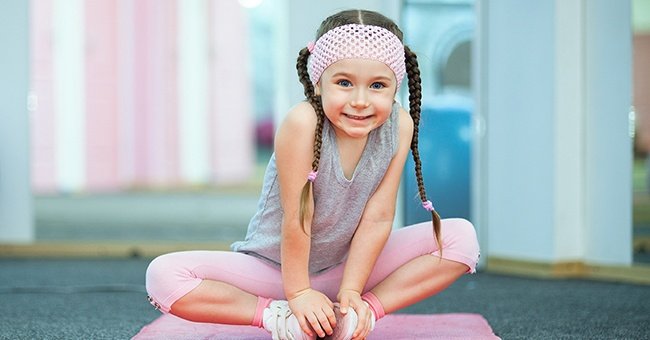It’s been well-established that everyone benefits immensely from regular physical activity. Kids benefit from the way exercise promotes growth and development, and both adults and kids alike see drastic benefits in their physical, mental, and cognitive health when they make exercise and movement a priority in their day.
This study from the National Academy of Sciences reports that active children “show greater attention, have faster cognitive processing speed and perform better on standardized academic tests” than children who are more sedentary. Regular exercise has also been shown to improve mental health by preventing and reducing conditions like depression and anxiety, which can also interfere with a student’s ability to learn.
Of course, students don’t come to school to move and exercise (at least not primarily); they come to learn. While incorporating technology in the classroom can help with learning, so can a physically active classroom. Here are a few methods that can engage both the mind and their bodies, to the benefit of both.
Stop sitting still.
Children (and adults!) start to fade if they are told to remain quiet and motionless for an extended period of time. While self-control is an important skill, so is the ability to check in with your class to see where you can invite a stretch or some activity into the curriculum. Sometimes simply standing up and leading a stretching exercise is all you need to refocus your classroom and awaken their minds.
Be flexible.
Introduce a little yoga into your classroom by drawing a random yoga pose from a deck of yoga cards or assigning a new pose every day of the week. When the class gets a little listless, you can all learn the poses together. Amp up the learning by talking about the physical processes that benefit from each pose.
Introduce adventure.
One teacher we know wrote questions related to her lesson on index cards and taped them underneath her kids’ chairs before school started, so they’d have to get up and move around to complete that day’s assignment. Exercises like these are especially useful across the variety of subjects in the common core.
Stand for something.
More and more adults are using standing desks at work, and it “stands” to reason that kids could benefit from a shift in blood flow from time to time. Dedicate a time during the day for “standing room only” and have kids complete an assignment or project to see how well they think on their feet.
Make a classroom playlist.
Another teacher assigned each student in her class with the task of bringing in his or her favorite song to share with the room. She then used this song to allow the kids the chance to express themselves through movement during a set part of her day.
These are just a few ideas, and we’re sure you have a few more. Share them in the comments below or on our Facebook page!

